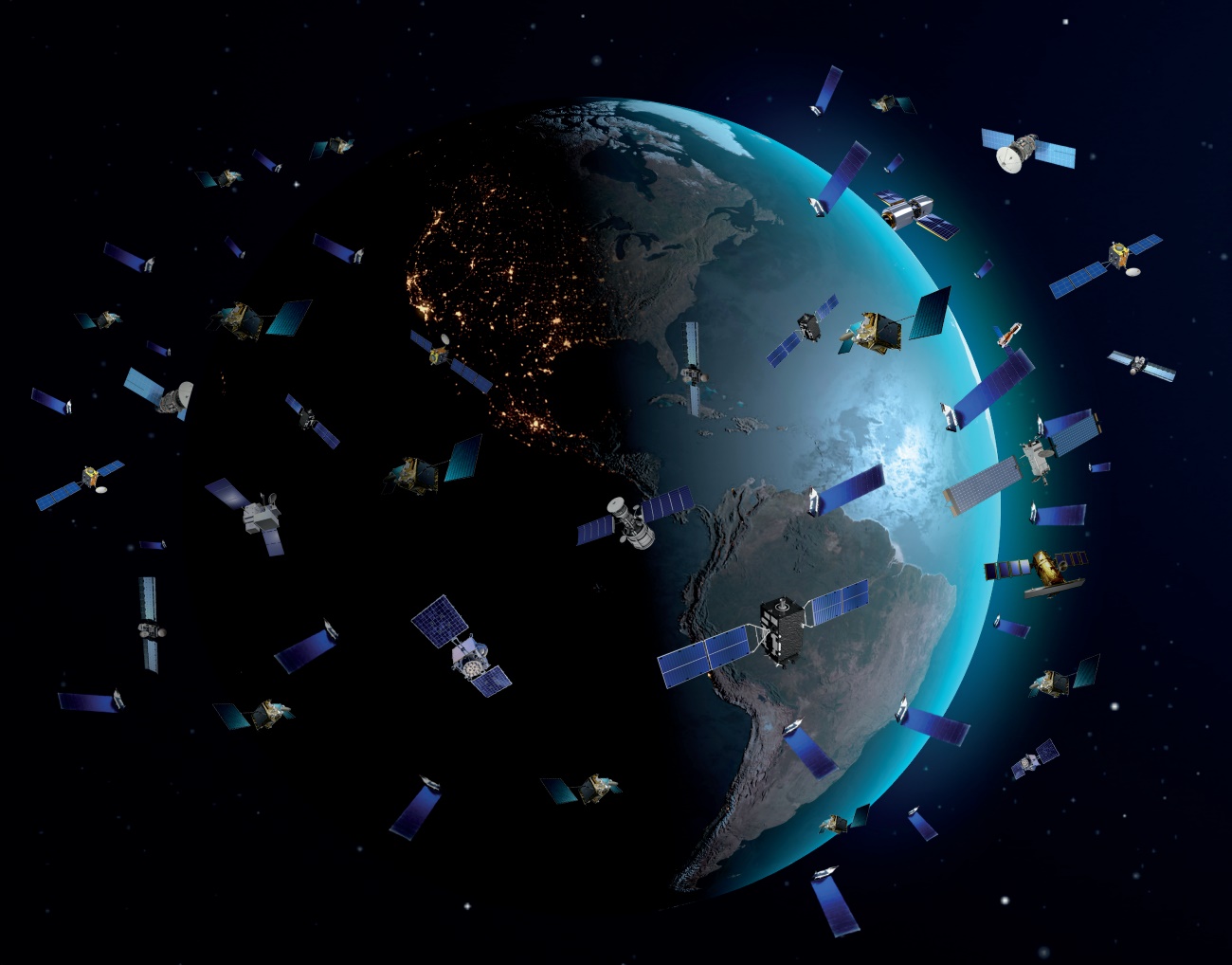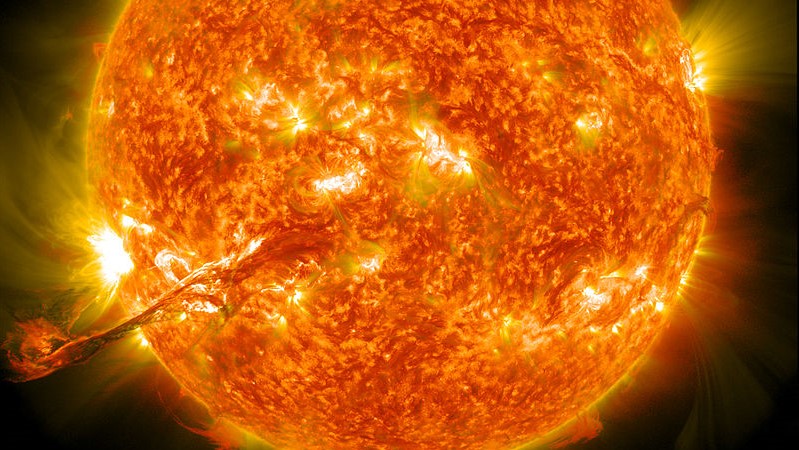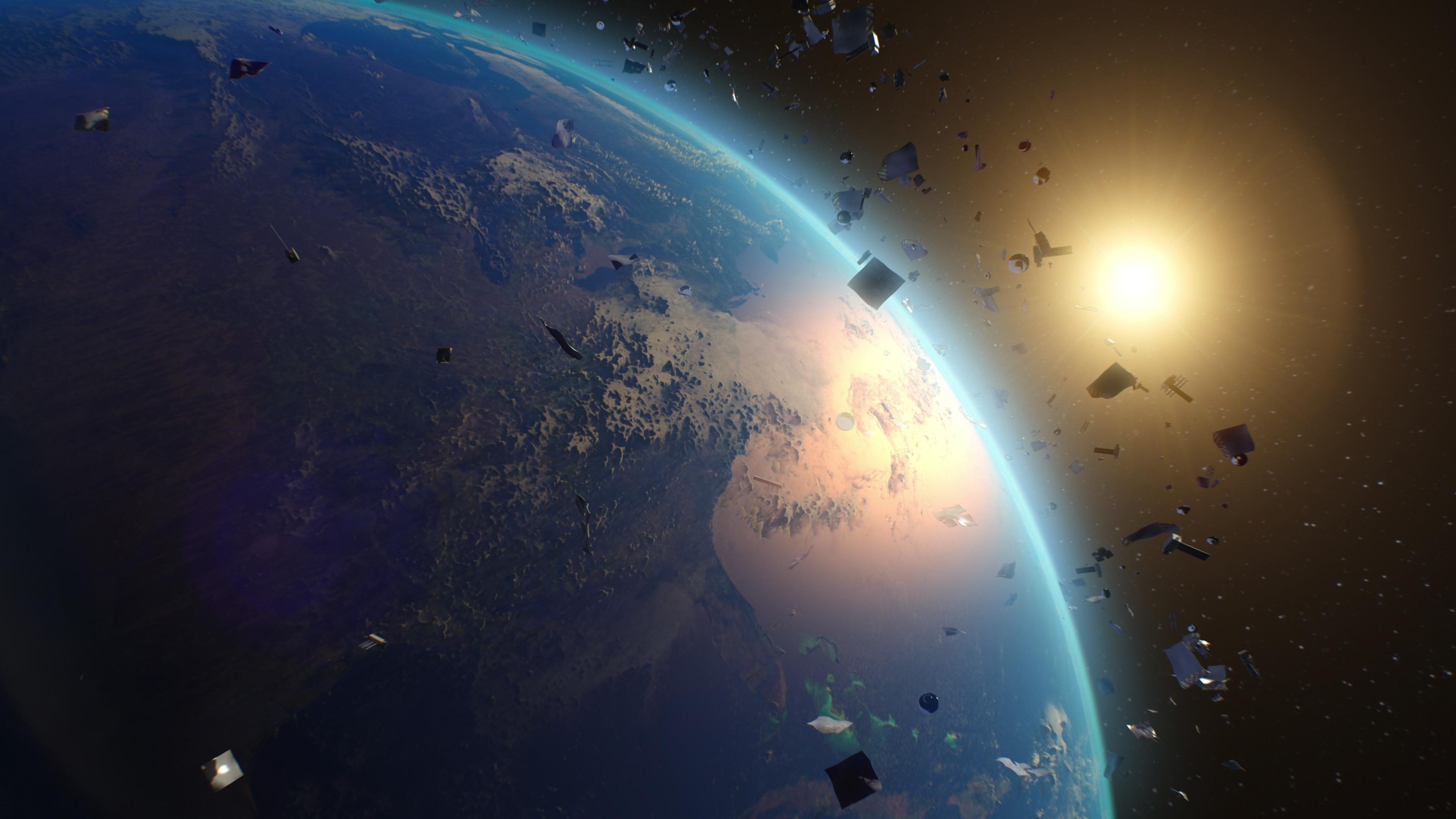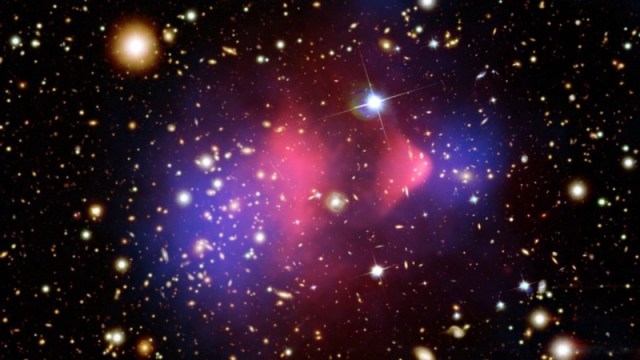Scientists propose blasting space junk out of orbit with powerful plasma beam

Patrice_Audet via Pixabay
- Japanese researchers have developed a magnetic nozzle plasma thruster that could clean up our atmosphere.
- The satellite solves a long-standing issue by including two thrusters to ensure junk is pushed out of orbit.
- While the project is not without risks, it marks a potential solution for the growing problem of space debris.
Humans have some crazy ideas. On occasion, a radical vision becomes commonplace, such as speaking a few words into a device in your palm and immediately connecting to someone on the other side of the planet. We forget what an incredible moment we’re living through when the algorithms are invisible. It’s taken quite a bit of work to get here.
Other ideas, however, seem more a band-aid to a solution that should be solved by other means. Sucking carbon dioxide out of the atmosphere and into space is a recurrent answer to climate change, instead of accepting the reality of finite resources and adjusting accordingly.
Space too has plenty of pollution. Addressing this problem, researchers at Tohoku University in Japan might have stumbled across a solution that appeals to Star Wars fantasies while providing real-world utility: shooting a plasma beam at space debris to push it further into space.
Thankfully space is vast, otherwise every night we’d see the over 8,000 tons of junk floating out there—a problem, as the graph below shows, that is only getting worse. In just over six decades of interstellar exploration humans have launched over 42,000 tracked objects into space. Of the 23,000 still out there, roughly 1,200 remain operational.

While this problem will likely never affect most of us, it does limit our ability to send more satellites into orbit. If you think texting drivers are bad, just wait until you’re trying to reach Mars when free-floating space junk veers into your lane.
Blasting junk sounds simple, yet until now researchers have run into the same issue: the satellite shooting the beam would by necessity (aka Newton’s third law of motion) move in the opposite direction, reducing the force required to move the junk out of the way.
The answer? That resides in one of the greatest sentences in any research paper ever:
By employing a magnetic nozzle plasma thruster having two open source exits, bi-directional plasma ejection can be achieved using a single electric propulsion device.
By sending an equally powerful beam in the opposite direction, the satellite could hover in place, and even accelerate and decelerate as needed. Remote controllers would manage the trajectory of the junk.
Plasma, which comes from the Greek word for “moldable substance,” is (alongside solid, liquid, and gas) a fundamental state of nature. Plasma does not freely exist on earth, but is generated from excitable events such as lighting and neon lights, or even in your plasma television. Plasma produce electric currents and magnetic fields. The sun’s interior is one example of fully ionized plasma.

Plasma makes for a perfect remedy for combating space debris because, as the team, led by associate professor Kazunori Takahashi in the Department of Electrical Engineering, writes, the problem is not going to correct itself. In fact, it’s going to get worse.
If remedial action is not taken in the near future, it will be difficult to prevent the mass of debris increasing, and the production rate of new debris resulting from collisions will exceed the loss rate due to natural orbital decay.
Takahashi says that his helicon plasma thruster will be able to “undertake long operations performed at a high-power level.” The technology is not without risks, however. A developmental risk involves mounting two propulsion systems on a single satellite. Ejecting plasma through ion-gridded thrusters is also a concern, as the force of the beams could quickly erode the entire structure.
In laboratory experiments, the thruster is operational in acceleration and deceleration modes, as well as space debris removal mode. While the map is not the territory, it is an exciting time to be orbiting the planet. Now if only we could blast the garbage from our oceans, we might make serious progress.
—
Stay in touch with Derek on Twitter and Facebook.





